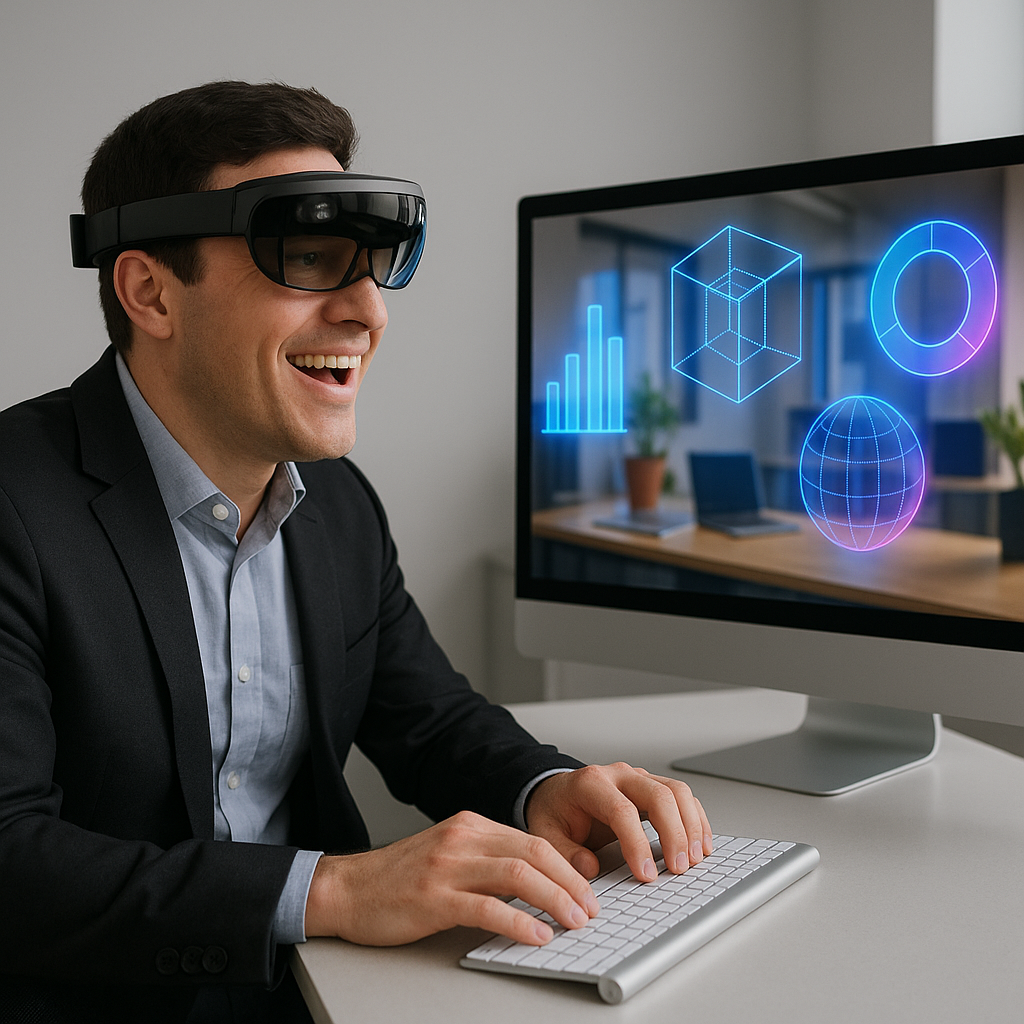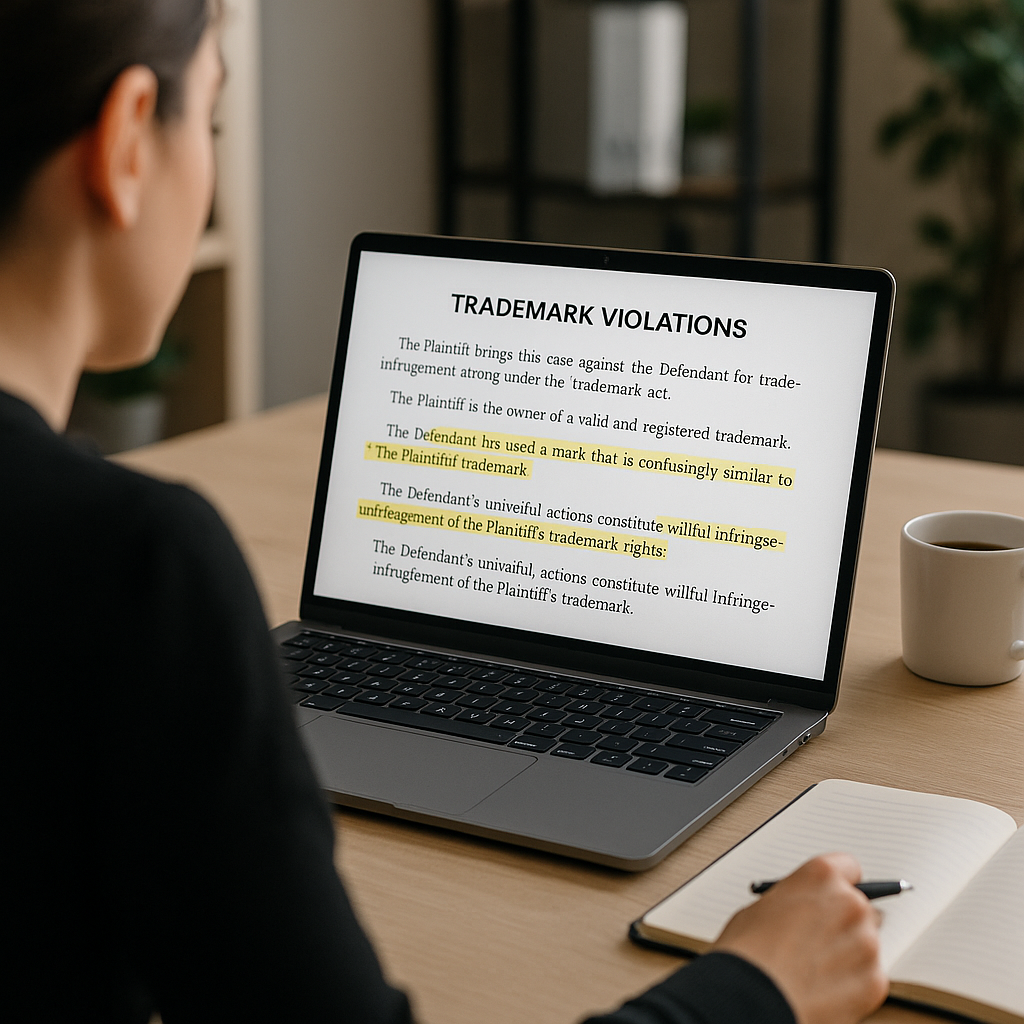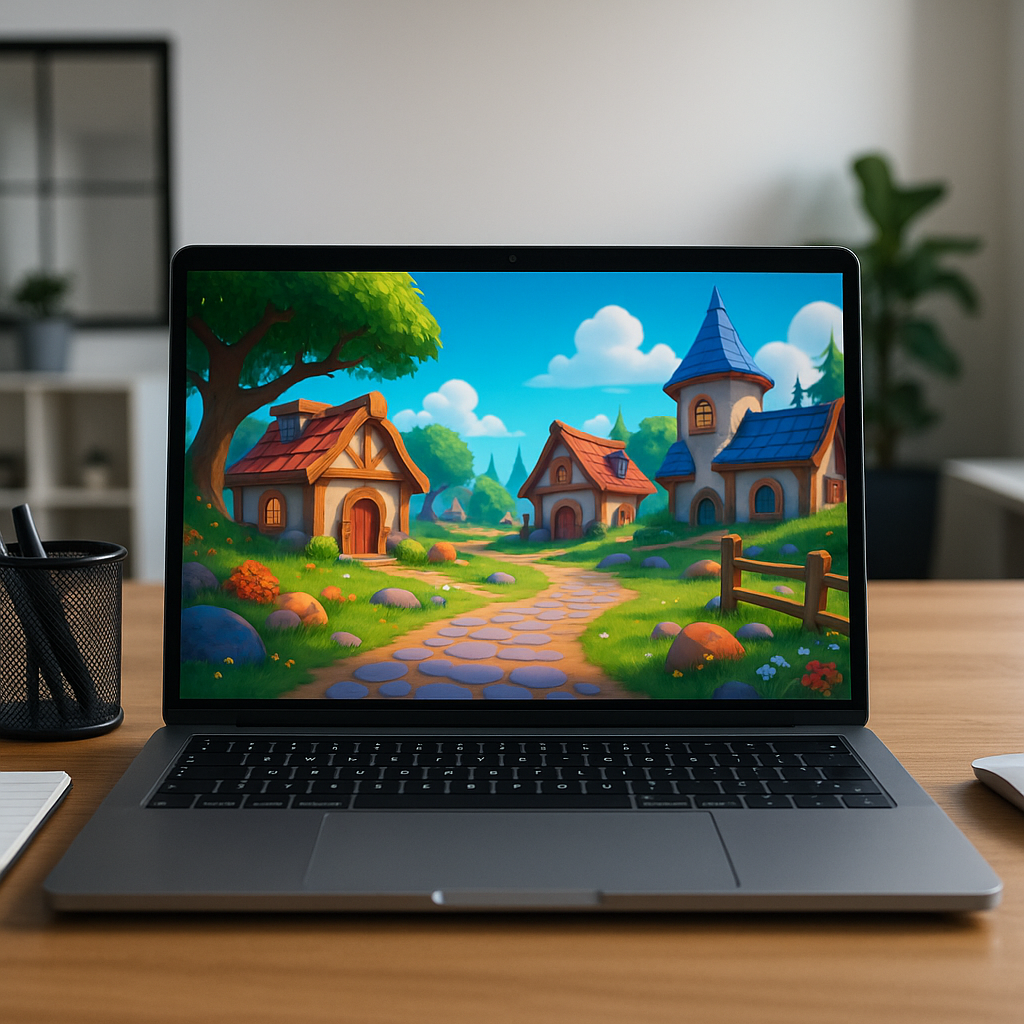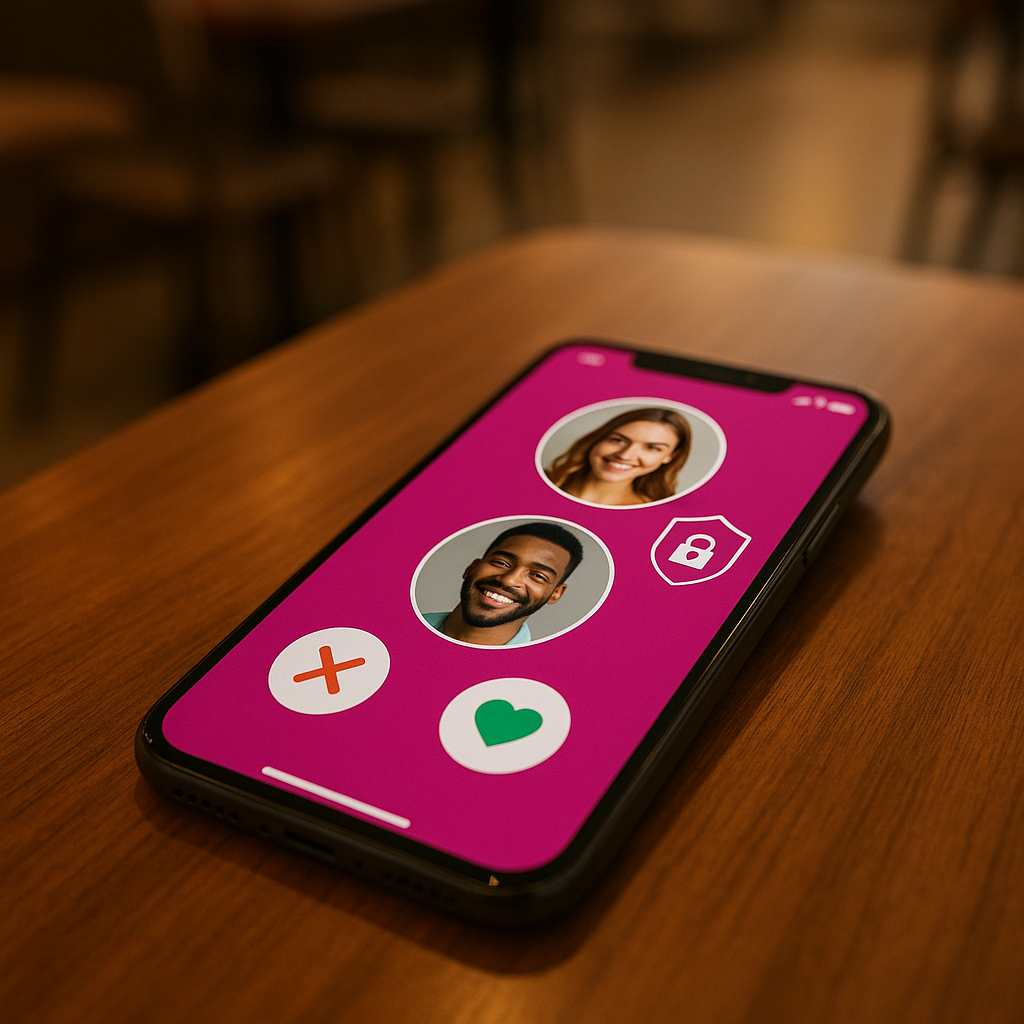ByteDance’s New Venture: Mixed Reality Goggles
In today’s fast-paced digital landscape, the convergence of reality and virtual experiences is more prominent than ever. Companies are racing to fuse digital spaces with our tangible environment, and ByteDance, the parent company of TikTok, is joining the fray with its development of mixed reality goggles. This new endeavor is not just about creating a cool gadget; it’s about tapping into a transformative way users can interact with their surroundings and the digital world simultaneously.
The importance of mixed reality technology can’t be overstated, especially for businesses. Imagine a scenario where a product can be viewed in real-time through a device while providing a comprehensive understanding of its features and benefits. This innovation opens doors for enhanced customer engagement, more effective marketing strategies, and significant improvements in various fields, from education to retail, and beyond.
Exploring the Innovation Behind ByteDance’s Mixed Reality Goggles
ByteDance’s latest goggles are designed to layer digital objects seamlessly over the real world, competing directly with existing offerings like those from Meta. Developed by their virtual reality startup Pico, the device aims to provide an alternative in a growing market, utilizing a lightweight design that promises comfort and extended usage.
###
Lightweight and User-Centric Design Features
One of the standout features of ByteDance’s mixed reality goggles is their compactness. Unlike bulky headsets, these goggles aim to be around the size of the lightweight Bigscreen Beyond VR headset, which weighs just 0.28 pounds. By offloading most computing tasks to an external puck connected via a wire, the goggles can maintain a comfortable design without sacrificing performance.
This approach aligns well with consumer preferences, where a convenient and lightweight device can encourage prolonged use, crucial for business applications such as training or presentations. Users can engage more fully without the hindrance of heavy equipment.
###
Advanced Processing with Specialized Chips
Reports suggest that Pico is also developing specialized chips to reduce lag between user movements and what they see in augmented reality (AR). This technology can significantly enhance the user experience by minimizing latency, ensuring that interactions feel natural and instantaneous. For example, if a furniture store incorporates this mixed reality technology, customers could see a digital model of a chair appear in their living room, allowing them to visualize its fit and aesthetics before making a purchase.
###
Market Relevance and Implications for Businesses
As businesses across Denmark and Europe look to innovate, the launch of ByteDance’s mixed reality goggles could not come at a better time. Companies can use this technology to create immersive experiences that set them apart in competitive markets. For instance, a local clinic could employ these goggles for remote consultations, allowing doctors to visualize patient data dynamically alongside their physical assessments, enhancing diagnostic accuracy and patient engagement.
###
Comparative Landscape: Meta’s Competition
As ByteDance enters the mixed reality space, Meta’s heavy investments in similar technologies create a competitive landscape. Meta’s prototypes and products, like the Quest 3S and the anticipated lighter goggles, show that there’s a clear demand for lightweight, user-friendly devices. By analyzing Meta’s strategic shifts—such as postponing the development of its VR headset in favor of mixed reality—we can infer that the market is moving towards seamless integration of AR and VR experiences.
###
Challenges Ahead: Regulatory and Sales Considerations
Despite the promising technology, ByteDance’s mixed reality goggles face an uphill battle concerning sales, particularly in the US. Given ongoing concerns about data privacy linked to TikTok, regulatory challenges may inhibit their market entry. However, in Denmark and Europe, there is an opportunity for businesses ready to embrace these technologies to prepare and position themselves competitively for future releases.
###
Adaptive Use Cases: From Retail to Education
The potential applications for ByteDance’s mixed reality goggles are vast. A cafe could adopt AR menus displayed through the headset, allowing customers to see interactive previews of their meals. Warehouses and logistics companies can utilize mixed reality for real-time inventory management; workers equipped with the goggles could receive immediate data on stock levels without consulting a handheld device.
Conclusion
In a world increasingly dominated by digital experiences, ByteDance’s forthcoming mixed reality goggles represent a significant opportunity for businesses. At Best Choice, we understand that the adoption of these technologies could dramatically improve workflows and enhance customer engagement. As we anticipate their launch, it’s essential for decision-makers and entrepreneurs to stay informed and consider how such innovative solutions can benefit their business operations.
If you’re eager to explore how mixed reality solutions can elevate your business, don’t hesitate to reach out to us at Best Choice. We’re here to help you navigate the digital landscape and integrate the right technology tailored to your needs.





